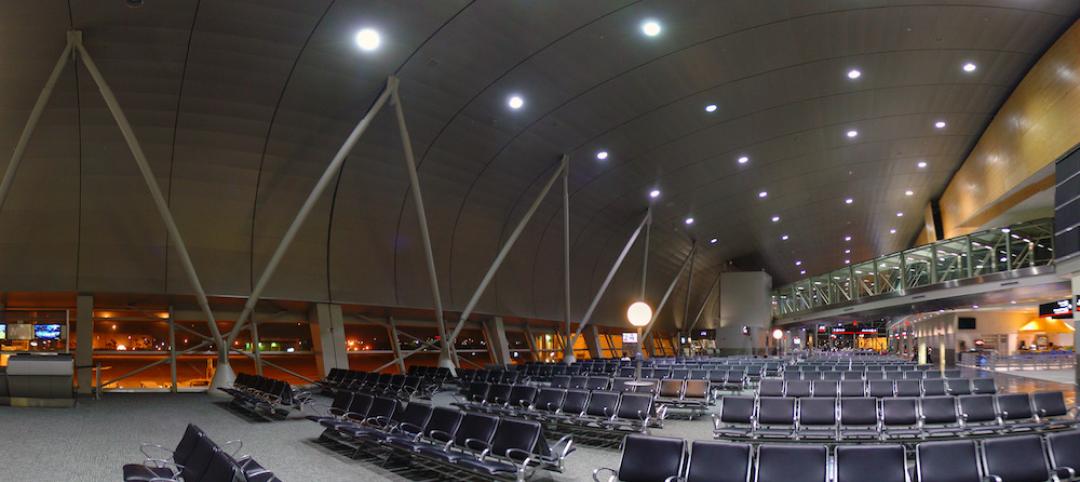A few weeks ago, I received a link to a Radware report warning about the “grave dangers” associated with robot networks that exploit Internet of Things devices as weapons of attack for launching ransomware and various other nasty disruptions against companies and individuals.
Around the same time, The Guardian posted on its website a 45-second video that shows SpotMini, a dog-like robot manufactured by Boston Dynamics, using a mechanical arm mounted on its back to open a door. That video went viral, with 8.3 million viewers in the first nine days who also saw the newspaper’s dire verdict that this machine advance is “terrifying.”
Technology has been and always will be perceived as a source for wonder and worry. As it becomes evermore essential to our daily functions, more than just the viewers of “Black Mirror” are concerned about tech’s encroachments.
This trepidation might explain why several of the technologists I’ve interviewed recently for stories about virtual reality and artificial intelligence in construction were at great pains to explain why technology can be disruptive in positive ways that shouldn’t threaten anyone’s psyche or livelihood.
“VR is neither good nor bad—it’s a tool,” states Jeremy Bailenson, a professor at Stanford University. In his new book, “Experience on Demand,” Bailenson acknowledges that there are “darker” sides to VR that can’t be ignored. But the best way to use it responsibly, he asserts, “is to be educated about what it is capable of.”
Alvise Simondetti, Arup’s Global Leader of Digital Environment, sees smart machines as “partners”—rather than adversaries—of humans. And he’s not buying into the fear that technology will inevitably dumb down creativity and render certain job titles obsolete.
Take last year’s launch of AutoDraw, the “doodle bot” developed by Google’s Creative Lab, which pairs machine learning with drawings from artists. AutoDraw gives a drawer the ability to replace a rough sketch with a more-refined drawing from that data library.
Some designers probably see AutoDraw as ominous. Simondetti views such “enhancements” as progress.
“Architects can only explore a narrow part of a design space solution. Machines can simply see a ton more,” says Simondetti. He adds that artificial intelligence will speed up the design process at a time when “the world can’t wait, not with the rate of urbanization.”
Such sanguinity might sound surprising coming from someone working in an industry usually characterized as tech phobic. But I get the sense that more AEC firms and their suppliers want to shake off that retrograde image and push their industry closer to the vanguard.
More AEC firms and their clients seem convinced that their readiness to at least coexist with—rather than quixotically resist—technology could decide who wins and who loses going forward.
Related Stories
Reconstruction & Renovation | Aug 9, 2016
Renascent architecture: Demolished Frank Lloyd Wright structures get new life
The Frank Lloyd Wright Revival Initiative is set to begin its reconstruction efforts with the Banff Pavilion, which was demolished in 1939.
Building Team | Aug 4, 2016
Thought leaders from architecture, engineering and construction to meet at 2016 Bluebeam eXtreme Conference
Bluebeam users inspire technological change through shared insights and training at three-day event.
| Aug 4, 2016
MULTIFAMILY BUILDING GIANTS: Rental complexes focus on affordability, accessibility, and specialty amenities
To address the affordability problem and attract tenants, owners and developers are experimenting with smaller and smaller units, amenity-rich environments, and “co-living” concepts.
| Aug 4, 2016
Top 110 Multifamily Architecture Firms
Perkins Eastman, CallisonRTKL, and Solomon Cordwell Buenz top Building Design+Construction’s annual ranking of the nation’s largest multifamily building sector architecture and A/E firms, as reported in the 2016 Giants 300 Report.
| Aug 3, 2016
GREEN BUILDING GIANTS: Sustainability leaders turn to wellness and technology to get an edge
AEC leaders in green building are stepping up to a higher level of innovation and to be a green leader today, you have to dig deeper into data.
| Aug 2, 2016
Top 130 Green Building Architecture Firms
Gensler, Stantec, and HOK top Building Design+Construction’s annual ranking of the nation’s largest green building sector architecture and A/E firms, as reported in the 2016 Giants 300 Report.
Architects | Aug 2, 2016
Bradley Lukanic named CannonDesign's CEO
In his new role, Lukanic takes helm of an experienced leadership team crafting and achieving optimal short- and long-term strategies and business outcomes
| Aug 1, 2016
K-12 SCHOOL GIANTS: In a new era of K-12 education, flexibility is crucial to design
Space flexibility is critical to classroom design. Spaces have to be adaptable, even allowing for drastic changes such as a doubling of classroom size.
| Jul 29, 2016
AIRPORT FACILITIES GIANTS: Airports binge on construction during busy year for travel
Terminal construction will grow by nearly $1 billion this year, and it will keep increasing. Airports are expanding and modernizing their facilities to keep passengers moving.
| Jul 29, 2016
Top 35 Airport Terminal Architecture and A/E Firms
Corgan, HOK, and Gensler top Building Design+Construction’s annual ranking of the nation’s largest airport terminal architecture and A/E firms, as reported in the 2016 Giants 300 Report.
















